This October, San Francisco’s PBA Galleries will be auctioning off a book of rare William Henry Jackson images.
According to Fine Books & Collections, the auction company will feature a bound volume of 76 “Albertypes” of Yellowstone National Park made from negatives produced by Jackson.
What makes these images so remarkable, besides their quality, is their aforementioned rarity.
The Albertypes were produced in 1874, just a few years after Jackson accompanied the 1871 Hayden Geological Survey as a photographer. Jackson had hoped to market the images. Unfortunately, in 1875, a fire burned down the studio where most of the existing albums (and nearly all of Jackson’s negatives) were being stored. The present volume, discovered on accident by one Robert Enteen in 2015, is the most complete set of Jackson’s Yellowstone Albertypes to date.
The volume itself (and all its lovely photos) has been on display at the Buffalo Bill Historical Center as a part of their “Yellowstone Discovered” exhibit. The exhibit is slated to run until August 14; the auction will take place October 20 in San Francisco. From Fine Books & Magazine:
William Henry Jackson was in the early stages of his very long career as a photographer when he joined Ferdinand V. Hayden of the U.S. Geological Survey on an expedition to investigate the marvels of what is now the Yellowstone National Park. Jackson took hundreds of photographs of the towering mountains, the breathtaking canyons, the bubbling hot springs, and the steamy geysers, creating glass plate negatives using the painstaking wet-collodion process, his studio borne by a mule. His photographs verified the amazing natural wonders to a fascinated nation, and led to the creation in early 1872 of the first national park out of “a tract of land fifty by sixty-five miles” at the Yellowstone. Hayden, leader of the expedition to the Yellowstone, was a promoter as well as a scientist, and saw Jackson’s photographs as a prime means to publicize the new park as well as help procure funding for future government surveys.
The technique to be used in their reproduction, the Albertype process developed in Germany, was a refinement of the collotype, a screenless photomechanical reproduction technique that allows high-quality prints from continuous-tone photographic negatives. Edward Bierstadt, brother of the noted artist Albert Bierstadt, had purchased rights to the Albertype, and was contracted by Hayden to produce albums of “about one-hundred illustrations, printed by the Albertype process from photographic negatives taken by Mr. Jackson.” He began by creating the proof albums, but got no further before the disastrous fire occurred.
There are five known sets of the Albertypes to have survived – the present set, of 76 images, the prints tipped into the cloth binding and protected by separation leaves, with the frame of each print identifying it as being a William Henry Jackson printed by Edward Bierstadt via the Albertype process; a set at the Clark Art Museum in Williamstown, Massachusetts, containing 56 prints; a set at the Denver Public Library with about 30 images; and two lesser sets. Thirteen of the 76 Albertypes in the present volume do not exist in any of the four other known sets. Experts who have examined the album feel the images are of higher quality that those in the Clark set.
The set is being auctioned at the behest of Mr. Enteen. And before you go rushing out to get a ticket to the Golden Gate City, be advised: presale estimates of the volume currently run between $80,000 and $120,000.
 Yellowstone Insider Your Complete Guide to America's First National Park
Yellowstone Insider Your Complete Guide to America's First National Park
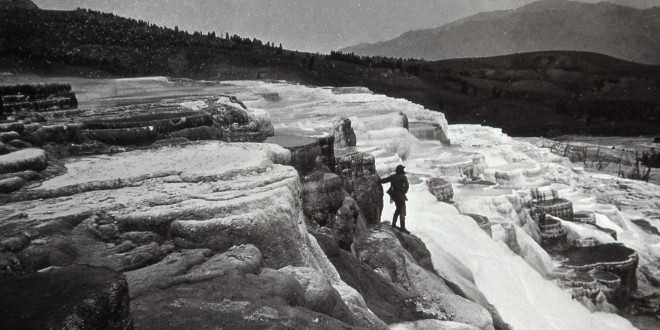
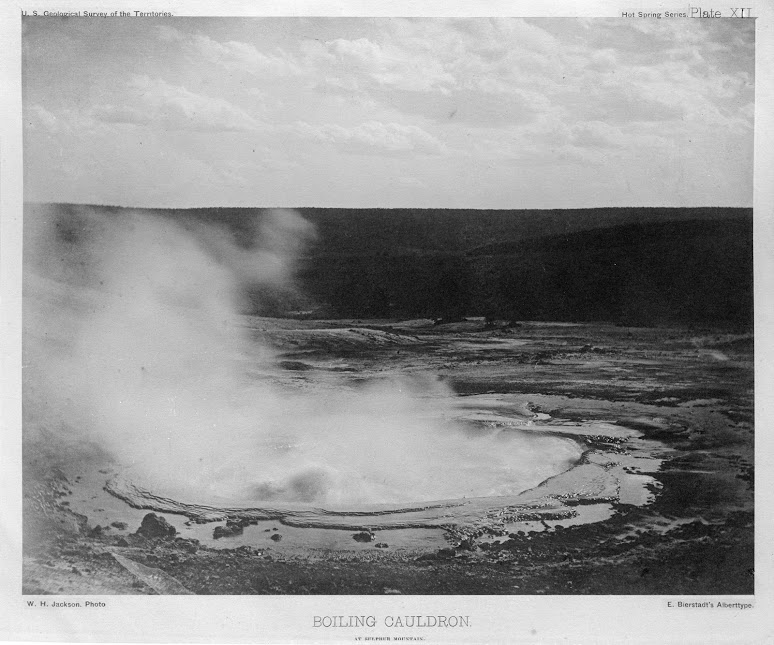

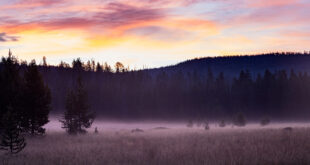
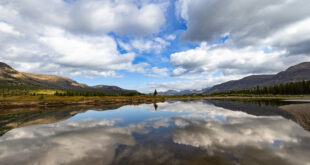
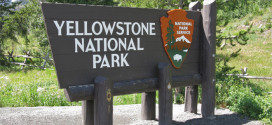
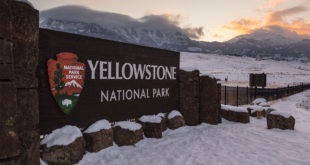
You must be logged in to post a comment.